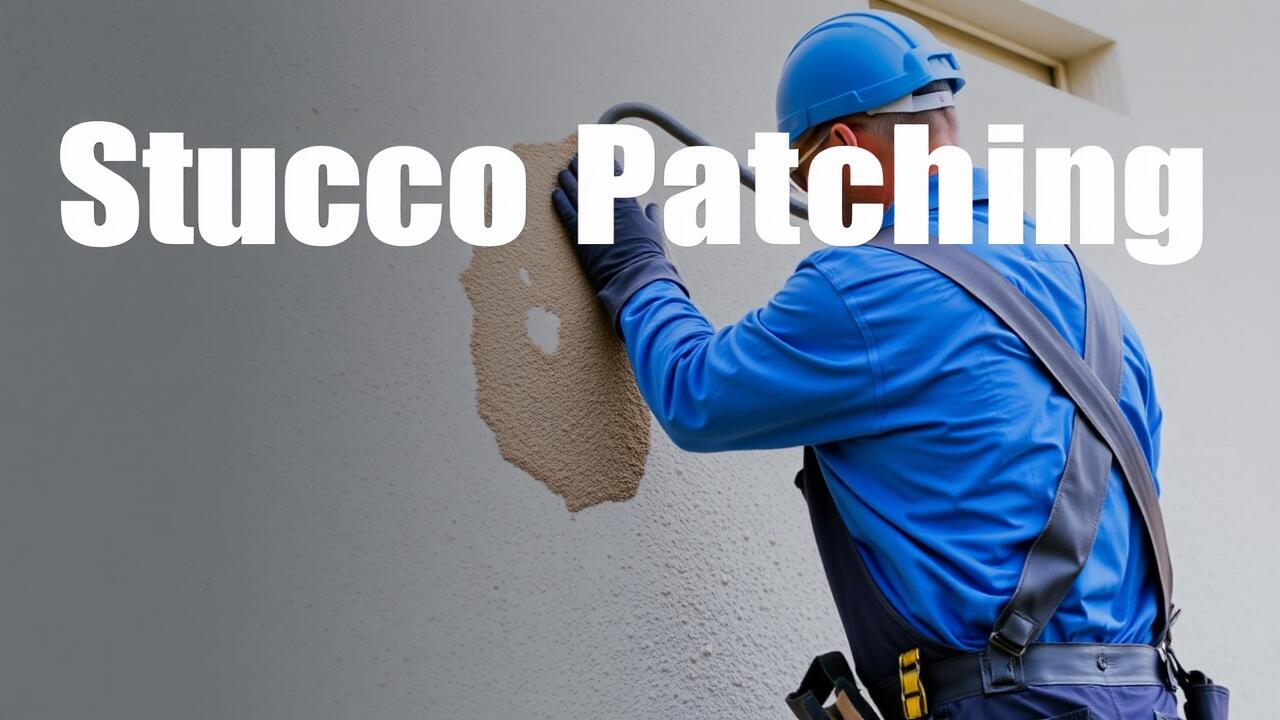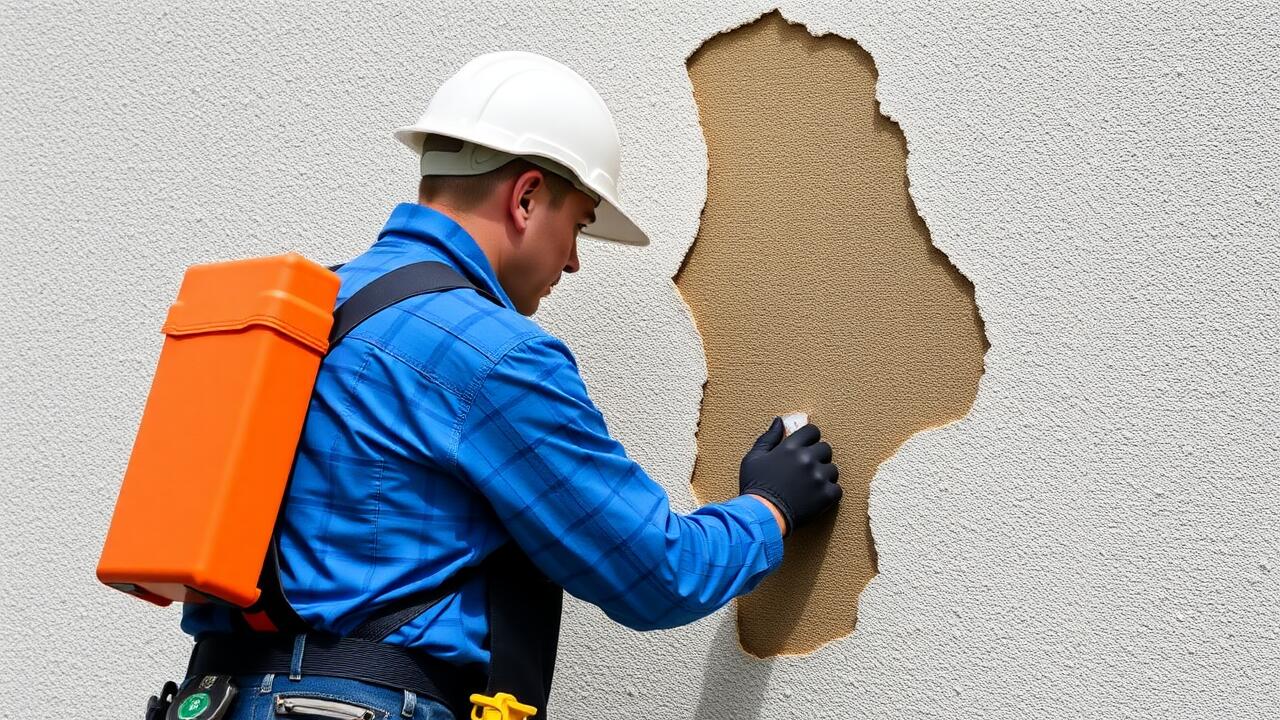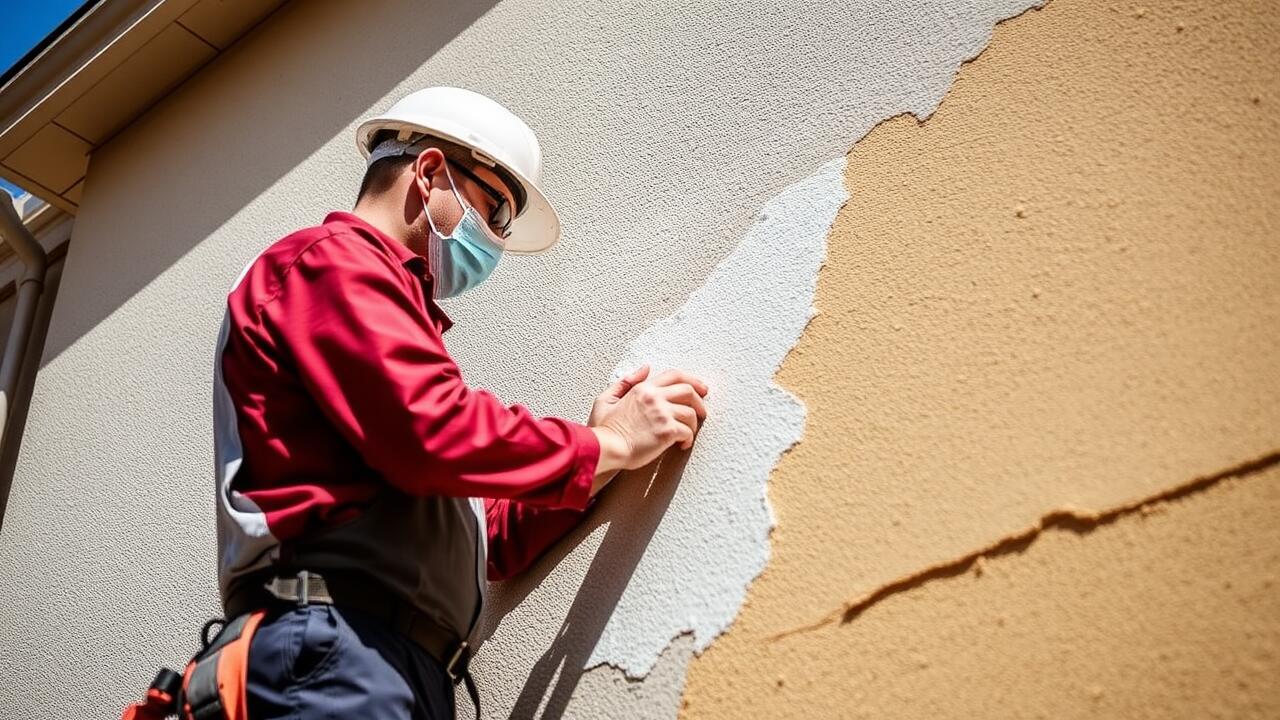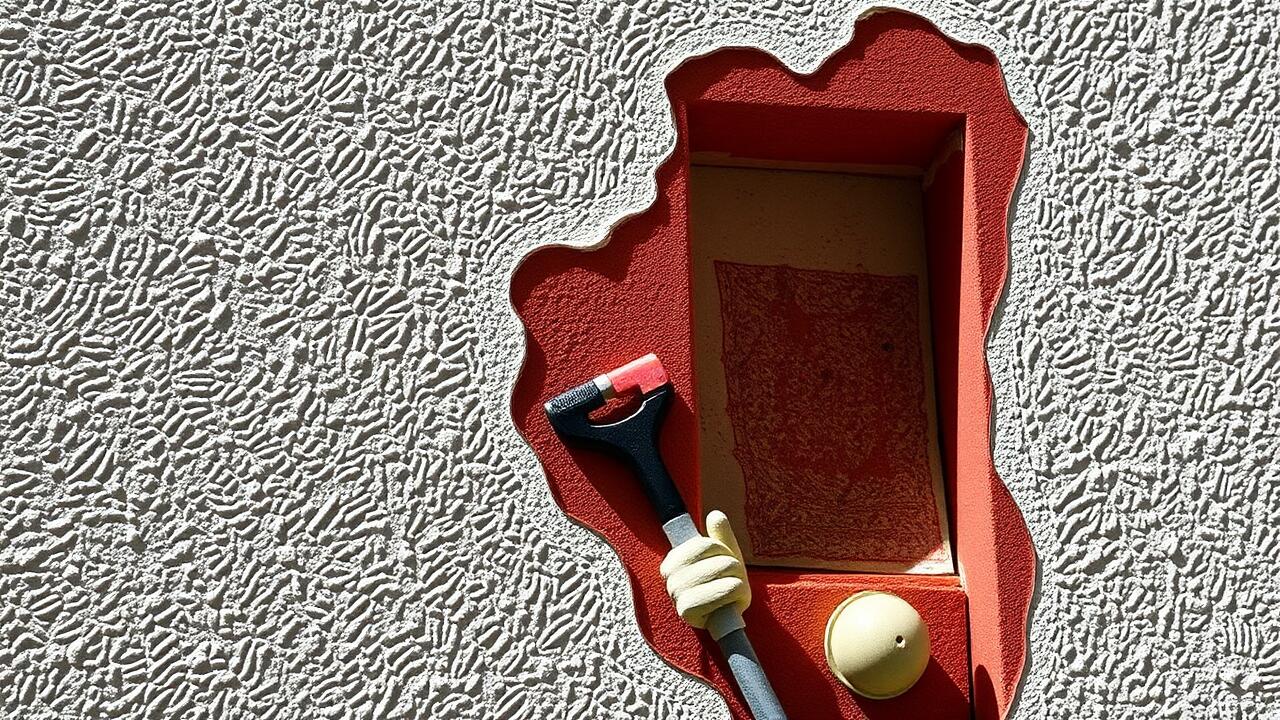
Techniques for Applying Patch Material
Applying patch material to stucco involves several techniques that can enhance the durability and appearance of the repair. First, it is crucial to ensure that the area surrounding the hole is clean and free of debris. This preparation allows the patch material to adhere properly. After selecting the appropriate patching compound, use a trowel to apply the material directly into the hole, filling it generously before smoothing it to match the surrounding surface. For those searching online, terms like "Stucco Patching near me" can help locate nearby services that specialize in these repairs.
Once the patch material is applied, attention should be given to the texture and finish. It might be necessary to replicate the existing stucco texture by using a sponge or a stippling brush. Dabbing techniques can create a more seamless appearance. If the patch has dried too smooth, adding a texturing compound can help ensure that it blends effectively. Choosing a quality finish will protect the patch and keep it from being a noticeable repair. Using local services to assist with these steps can simplify the process for homeowners.
Tools and Methods for Smoothing the Surface
Achieving a smooth finish when patching stucco is crucial for blending the repair seamlessly with existing surfaces. The right tools play a significant role in this process. A hawk and trowel are essential for applying the patch material evenly. For larger areas or more extensive repairs, a drywall knife can also serve as an effective smoothing tool. It's important to use a float to work the patch material into any imperfections, ensuring a consistent texture that matches the surrounding stucco.
In addition to the tools, the method of application affects the final appearance. After applying the patch, use a circular motion with the float to smooth out the edges and create a level surface. Lightly misting the area with water can help facilitate a smoother finish as you work. Those seeking to find resources for this project may search for "Stucco Patching near me" to access local suppliers and professionals who can offer additional guidance and materials for the task. Proper technique not only helps in achieving a smoother surface but also in reinforcing the durability of the repair.
Curing and Finishing the Patch
Once the patch material is applied, proper curing is essential for a durable finish. Make sure to keep the repaired area moist, especially in warmer climates. This can be achieved by gently misting the patch with water several times a day for at least a week. Avoid direct sunlight on the newly patched area to prevent rapid drying, which can lead to cracking. If you're looking for assistance, searching for "Stucco Patching near me" can help locate professionals skilled in this process.
Finishing the patch requires careful attention to detail. After the curing process, inspect the patch for any unevenness or imperfections. Use a trowel or smoothing tool to blend the edges of the patch seamlessly with the surrounding stucco. If necessary, additional texture can be applied to match the existing stucco pattern. A quality finish not only enhances the aesthetic appeal but ensures the longevity of your repair work.
Ensuring Proper Drying Times and Finishes
Proper drying times are crucial for the longevity of stucco repairs. After applying patch material, it’s essential to allow sufficient time for the product to cure fully before proceeding with any finishing or painting. Factors such as temperature and humidity can significantly affect drying times. A warm, dry day facilitates faster curing, while colder or damp conditions can lead to extended drying periods. It's advisable to check the manufacturer's recommendations for specific drying times for the material used to ensure optimal results.
Finishing touches can make a substantial difference in the final appearance of your repair. After the patch has dried adequately, smooth out any rough edges. This can be done with a trowel or sandpaper, depending on the patch material's nature. If you find yourself asking for "Stucco Patching near me," it indicates a need for professional help to achieve a flawless finish, as experts can provide the right techniques for blending the patch seamlessly with existing surfaces.
Painting and Texture Matching
When considering painting and texture matching for stucco repairs, the goal is to create a seamless appearance that integrates the patched area with the surrounding surfaces. It is essential to select a paint color that closely resembles the existing stucco. To achieve this, consult a color swatch or sample that aligns with the original hues. Testing the paint on a small area can help in assessing the match before proceeding with the entire patch.
Texture matching can be more challenging, as it involves replicating the unique patterns often found in stucco finishes. Various tools, such as brushes, stomps, or even spray equipment, can help create the desired texture. For those looking for professional assistance, searching "Stucco Patching near me" can yield skilled contractors who specialize in blending repairs effectively. Their expertise ensures that the repaired area not only looks aesthetically pleasing but also maintains the durability characteristic of stucco.
Blending the Repair with Existing Stucco
To achieve a seamless blend between the repair and existing stucco, the texture of the patched area should closely match the surrounding surface. This involves selecting the right tools and techniques for applying the finish coat. A sponge or brush may be used to create patterns similar to those in the original stucco. Stippling, swirling, or a knockdown approach can effectively integrate the patch, making it less noticeable. Care should be taken to ensure that the edges of the patch are feathered out for a smoother transition.
When considering paint, it is important to use the same color and finish to maintain consistency in appearance. After the patch has fully cured, a test patch can be applied to confirm that the color matches the existing stucco. Homeowners often search for "Stucco Patching near me" to find local professionals who can offer guidance and expertise in this process. Achieving an even texture combined with the right color will result in a completed job that blends harmoniously with the rest of the structure.
FAQS
What materials are best for patching stucco holes?
The best materials for patching stucco holes include premixed stucco repair compounds, hydraulic lime, and traditional stucco mix. Choose a material that matches the existing stucco for the best results.
How do I prepare the area before patching stucco holes?
Start by cleaning the area around the hole to remove any loose debris or dust. If the hole is large, use a chisel to create clean edges. Moistening the area slightly can also help the patch adhere better.
How long does it take for stucco patches to dry?
Drying times can vary based on the patch material used and environmental conditions but generally range from 24 to 48 hours. Always check the manufacturer's recommendations for specific drying times.
Can I paint over a stucco patch immediately after it dries?
It is best to wait at least a couple of weeks after the patch has dried to ensure complete curing before painting. This allows the patch to fully adhere and prevents potential peeling or cracking.
How can I ensure my patch blends in with the existing stucco?
To blend your patch, match the texture and color of the existing stucco. Use tools like a sponge or brush to replicate the texture, and consider applying a primer or paint that closely matches the surrounding area.



